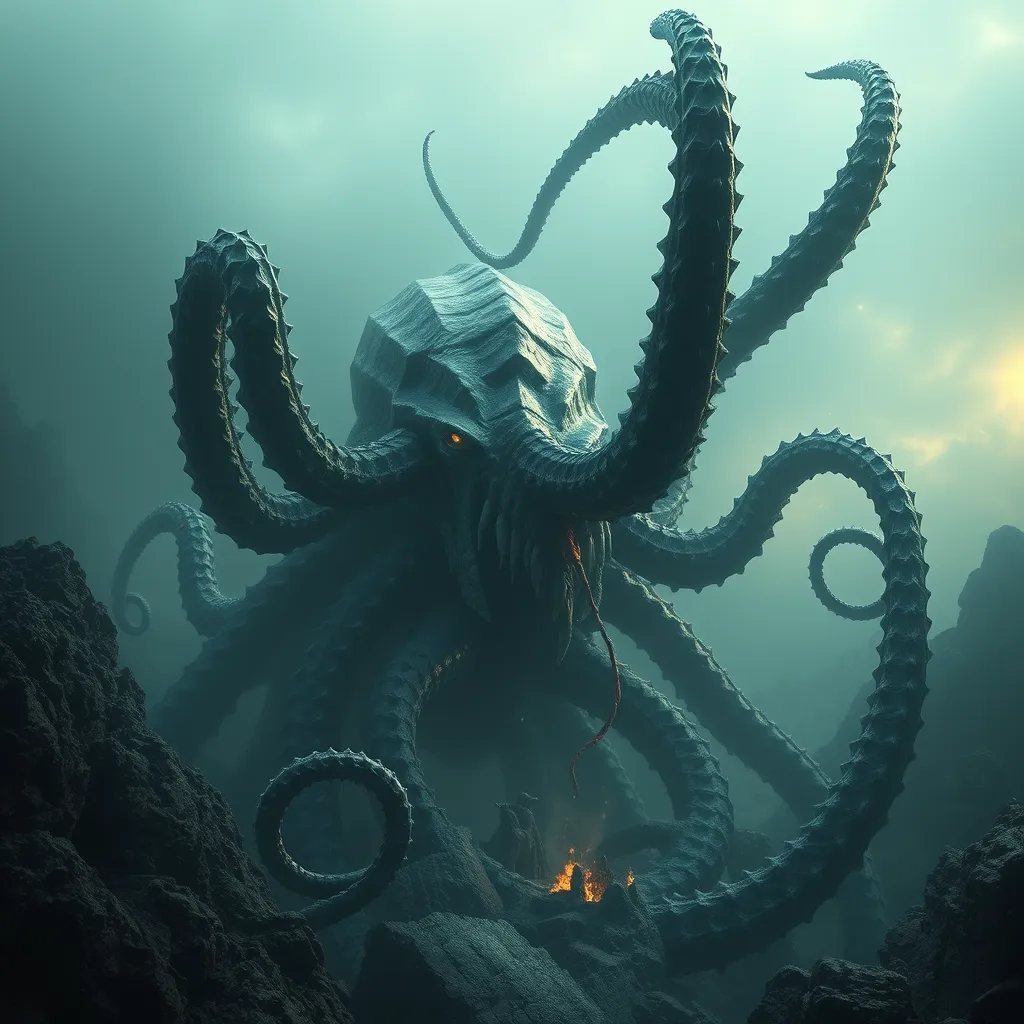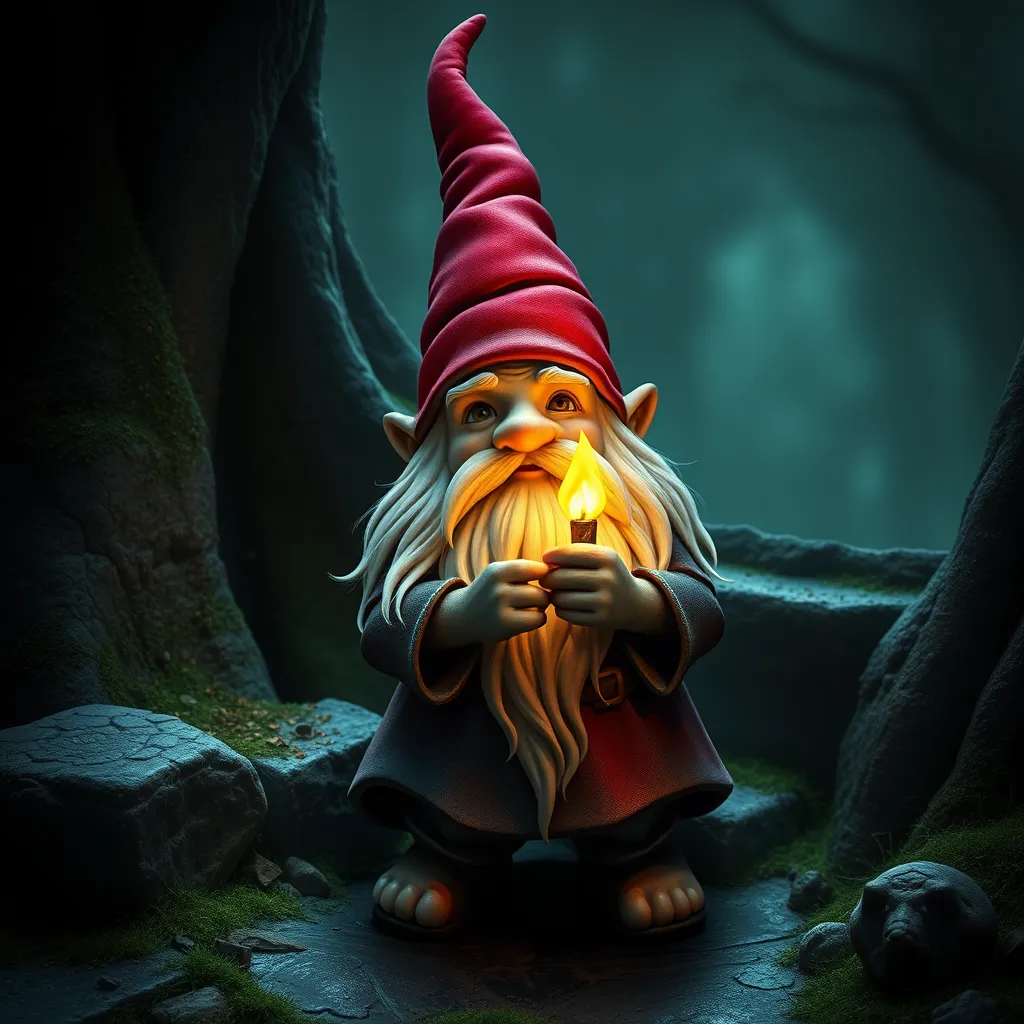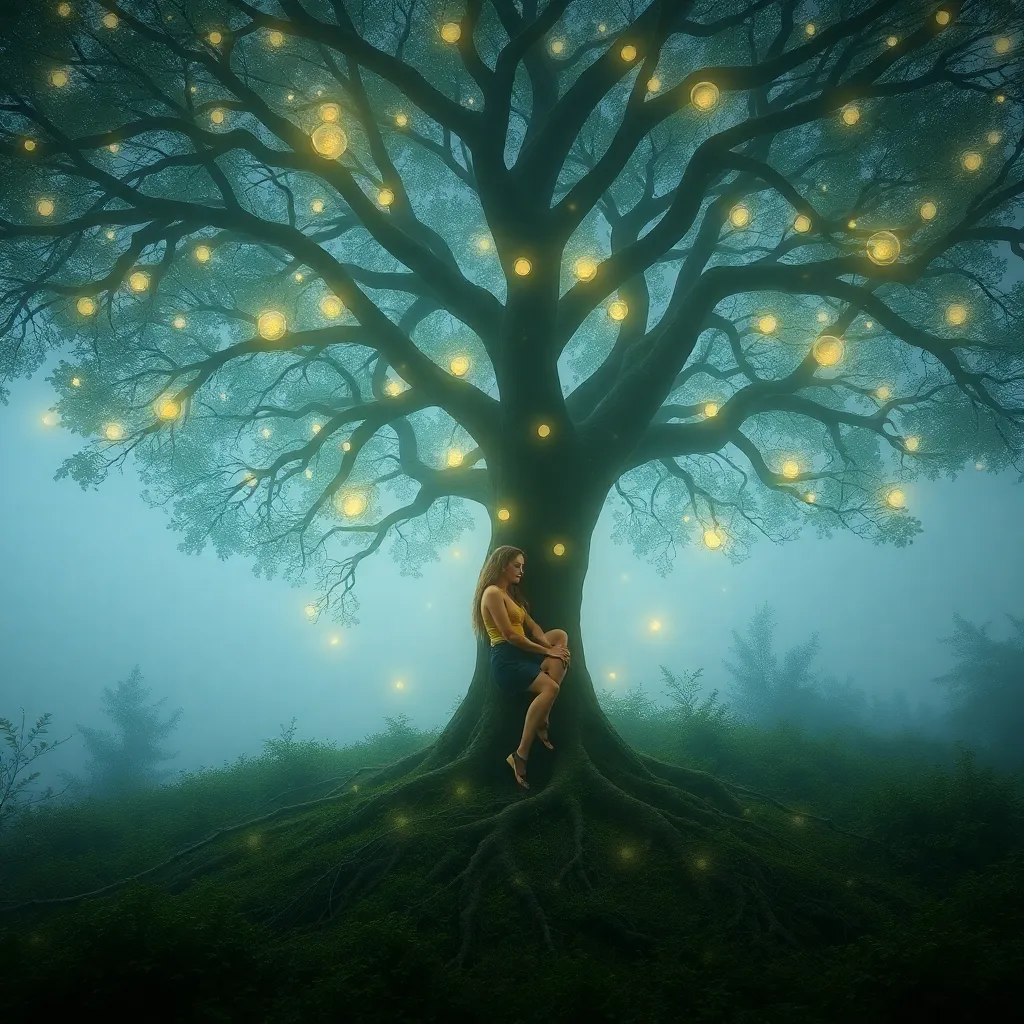The Harpy’s Influence on Mesoamerican Mythology: Exploring Bird-Human Hybrids in Aztec and Mayan Legends
I. Introduction
The concept of Harpies originates from ancient Greek mythology, where they are depicted as winged spirits often associated with the wind and known for their bird-like features combined with human traits. These creatures have captivated the imagination of many cultures and have been interpreted in various ways throughout history. In Mesoamerican mythology, particularly within the Aztec and Mayan civilizations, the intersection of avian and human characteristics is a dominant theme that manifests in several deities and mythical figures.
Mesoamerican mythology is rich with symbolism, exploring themes of creation, duality, and the interaction between the natural and spiritual worlds. This article aims to delve into how the Harpy’s symbolic representation may connect with the bird-human hybrids found in Aztec and Mayan legends, shedding light on cultural beliefs and values embedded within these mythologies.
II. The Concept of Bird-Human Hybrids in Mythology
Bird-human hybrids appear in various cultures around the world, often symbolizing a connection between the earthly realm and the sky. These figures frequently embody dual aspects of existence, representing both the material and spiritual worlds. In Mesoamerican societies, avian symbolism plays a crucial role, with birds often seen as messengers of the gods and symbols of the soul’s journey after death.
- Examples of bird-human hybrids in different cultures include:
- The Egyptian god Horus, depicted with a falcon head.
- The Hindu deity Garuda, a bird-like creature serving as the mount of Vishnu.
- Various Native American legends featuring Thunderbird, a powerful bird associated with storms and creation.
In Mesoamerica, the presence of bird-human hybrids is significant in conveying cultural beliefs and societal values. These figures often embody the duality of existence, illustrating the interconnectedness of life and death, the sky and the earth.
III. The Aztec Perspective on Bird-Human Hybrids
The Aztec civilization revered several deities who possessed avian features, reflecting their deep connection to the natural world and the cosmos. Among the most significant are:
- Quetzalcoatl – the Feathered Serpent: A prominent deity associated with wind, air, and learning. Quetzalcoatl is often depicted as a serpent adorned with feathers, symbolizing the fusion of earth and sky.
- Huitzilopochtli – the God of War and Sun: Represented as a hummingbird or with hummingbird characteristics, Huitzilopochtli embodies the warrior spirit and the life-giving power of the sun.
Bird symbolism in Aztec art and rituals is pervasive, often used to signify power, divinity, and transformation. The potential influence of Harpies on Aztec mythology may lie in the shared characteristics of these bird-human hybrids, emphasizing the idea of transformation and the spiritual significance of birds.
IV. The Mayan Interpretation of Bird-Human Hybrids
The Mayan civilization similarly celebrates bird-human hybrids, with notable deities such as:
- Kukulkan – the Feathered Serpent: Similar to Quetzalcoatl, Kukulkan is a central figure in Mayan mythology, representing the dual nature of existence and the balance between earth and sky.
- God D – the Bird God: A prominent deity in the Mayan pantheon, God D is often depicted as a bird or with avian features, symbolizing fertility and the connection to the spiritual world.
Mayan iconography showcases bird-human hybrids in various forms, often intricately woven into the fabric of their art and storytelling. A comparative analysis reveals striking similarities between Harpies and Mayan bird-human figures, particularly in their representations of duality and transformation.
V. The Symbolism of Birds in Mesoamerican Cultures
Birds hold profound cultural significance in Mesoamerican societies, often viewed as messengers between the human realm and the divine. Their ability to soar through the skies makes them symbols of freedom and transcendence.
- The duality of birds in mythology includes:
- Life: Birds are often seen as symbols of the soul, representing rebirth and resurrection.
- Death: Conversely, they are associated with the underworld, guiding souls through the afterlife.
Harpies, as embodiments of transformation and duality, resonate with the Mesoamerican perception of birds. They symbolize the ongoing cycle of life and death, reflecting the complexities of human experiences and beliefs.
VI. Cross-Cultural Influences and Exchanges
The historical interactions between Mesoamerican cultures and other mythologies highlight the fluidity of mythological themes. The exchange of ideas and symbols across cultures has led to the spread of bird-human hybrid motifs, enriching the mythological tapestry of various civilizations.
European mythologies also bear similarities to Mesoamerican beliefs, particularly concerning bird-human hybrids. The potential influences of these mythologies on Mesoamerican beliefs may have occurred during the periods of exploration and conquest, leading to a complex interplay of ideas.
VII. Modern Interpretations and Relevance
In contemporary culture, there is a resurgence of interest in Mesoamerican mythology, with artists, writers, and scholars exploring its rich narratives. The portrayal of bird-human hybrids continues to inspire modern art and literature, reflecting deep-seated themes of identity and transformation.
- Lessons from these myths include:
- Understanding the interconnectedness of life and nature.
- Embracing duality in human experiences.
- Acknowledging the significance of cultural heritage in shaping identity.
VIII. Conclusion
Exploring the influence of Harpies on Mesoamerican mythology unveils a rich tapestry of bird-human hybrids that embody profound cultural beliefs and values. From the Aztec deities Quetzalcoatl and Huitzilopochtli to the Mayan figures Kukulkan and God D, these hybrids reflect the intricate connections between the natural and spiritual realms. The significance of birds as symbols of transformation and duality resonates across cultures, offering timeless lessons on the human experience. As modern interpretations continue to emerge, the legacy of these myths remains relevant, inviting us to reflect on our identity and relationship with nature.



